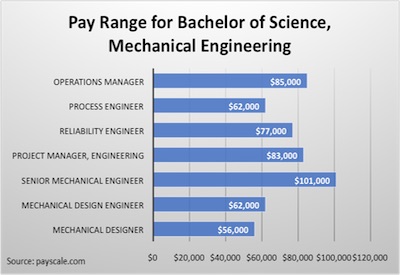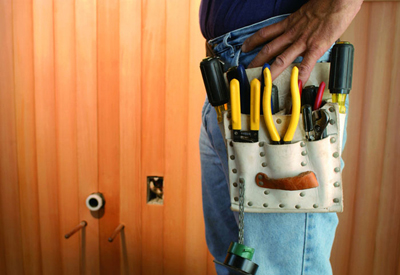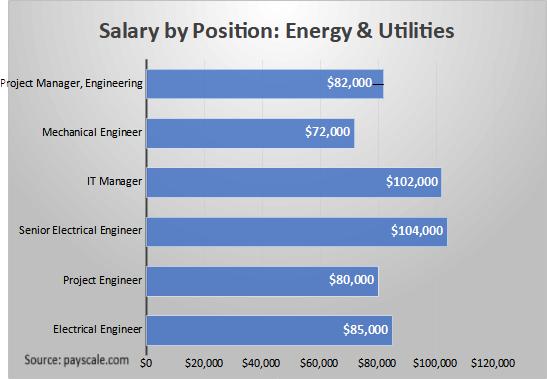Regulations Amending the Products Containing Mercury Regulations – A Call to Consultation

January 29, 2023
By Line Goyette
Under the Canadian Environmental Protection Act, 1999, the Canadian government is proposing the Regulations amending the products containing mercury. Consultation is open until March 9, 2023.
The Products Containing Mercury Regulations (the Regulations), which were published on November 19, 2014, and came into force on November 8, 2015, prohibit the manufacture and import of products containing mercury or any of its compounds.
The Regulations do not fully align with all the requirements of the Minamata Convention on Mercury (the Convention), which Canada ratified in 2017. Adjustments to the allowable mercury content limits of three lamp products that are exempt from the general mercury prohibition in the Regulations are required to fully align with the Convention. Other amendments to the Regulations are proposed to align with recent industry standards and international regulatory initiatives. Further, ongoing administration of the Regulations has identified the need to clarify some provisions of the regulatory text, such as those related to labelling, testing, reporting, and record keeping.
The proposed Amendments would ensure the Regulations meet the requirements under the Convention and in some cases, go beyond what is required in the Convention to further decrease mercury releases.
Amendments to align the Regulations with the requirements under the Convention
The proposed Amendments would lower the mercury content limit currently allowed for straight fluorescent lamps for general lighting purposes, cold cathode fluorescent lamps, and external electrode fluorescent lamps. For example, the mercury content limit for cold cathode fluorescent lamps that are 1.5 m or less in length would be lowered from 10 mg per lamp to 3.5 mg per lamp.
Prohibition dates for certain mercury-containing products and replacement lamps
The proposed Amendments would end the exemption for most mercury-containing lamps under the Regulations, as there are now widely available mercury-free alternatives for these products. Most lamps for general lighting purposes would be prohibited by January 1, 2024, while high-pressure sodium vapour lamps for general lighting purposes would be prohibited by January 1, 2029.
For transition purposes, specified replacement lamps would be allowed for a 3-year period under the proposed Amendments to replace lamps that were already in use. The sale of these replacement lamps would be prohibited two years after their exemption expires, in order to avoid issues of stockpiling while allowing retailers to sell their stock. In addition, replacement bulbs for existing automobile headlamps would be allowed with no end date.
The proposed Amendments would also create three new categories of exempted lamps in the schedule. These three categories are lamps used for growing plants, lamps for water treatment and lamps for air treatment. These types of lamps are currently exempted under a broad category that covers all specialty lamps. The objective of creating these new categories is to prohibit the first new category (plant growing), starting in 2028. For the two other new categories (air and water treatment lamps), no prohibition is proposed at this time. Naming them in the exempted products would allow the Department to have a better understanding of the quantity of each lamp type manufactured and imported in Canada, since the catch-all category does not require reporters to provide this level of detail.
Go HERE to take part in the consultation or find out more about this draft regulation and the economic and environmental impacts.










![Guide to the Canadian Electrical Code, Part 1[i], 26th Edition – A Road Map: Section 10 – Grounding and Bonding](https://electricalindustry.ca/wp-content/uploads/2022/11/Guide-CE-Code-2.png)





